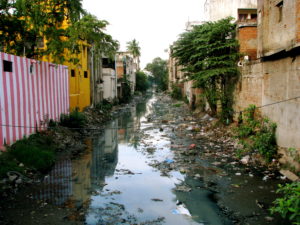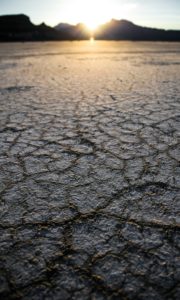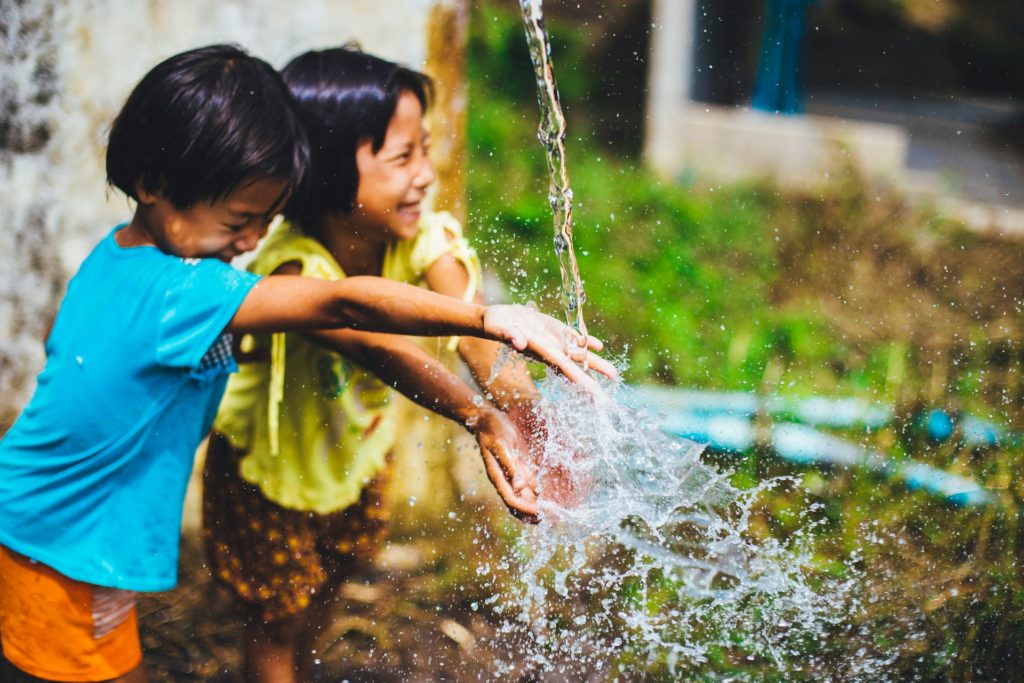Water Stress
Water stress is when the gap between the need for water and the renewable availability of water is small. When a country must use 80% of its available water supply, that country is under “extreme water stress.”[1] Mexico, India, South Africa, even England has experienced these conditions. Parts of the US endure these conditions continuously. So, it’s not impossible for areas under high water stress to thrive, especially with modern planning and infrastructure. Arizona and New Mexico, for example, are the most water stressed states in the nation; California and Texas also have to manage water stress – not to mention the thriving city Las Vagas in the middle of the desert.

But for many poor, underdeveloped countries, water stress exacerbates other issues such as health and food security. The most water-stressed region in the world is the Middle East and North Africa (MENA), where, in spite of having only 6% of the world’s population, has 12.2% of the world’s undernourished populace.[2] Here, 83% of people are under high water stress. In South Asia, 74%. As global populations increase, the demand for water for household use, agriculture, and industry also increases. In politically unstable countries such as Iran, further tensions and political unrest are created as water unpredictability worsens.
Climate Change
Climate change impacts the water cycle by influencing when, where, and how much precipitation falls.

Climate change is affecting communities around the globe in a number of ways. Rising sea levels and severe storms, droughts and wildfires are all part of a water crisis driven by climate change. In many areas, droughts are becoming longer and more severe crops wither in the fields and die, increasing food insecurity and hunger. The effects of floods are felt for months or years when they destroy homes, infrastructure, and fields.
Climate scientists predict that as global temperatures continue to rise, so much rain will fall that soil and vegetation will not be able to absorb all of it. But did you realize that as torrents wash everything away, water that was once clean can pick up disease and other contaminants, such as fertilizer and heavy metals, and drag them along, as well? As contaminated flood waters seep into other lakes or reservoirs, it brings these harmful stowaways along, infecting what were once safe sources of water that humans, animals, and the environment relied on to survive.
Solutions
Although the increasingly unpredictable water cycle is threatening water security, humanity is clever. Sustainable solutions are being developed, investigated, and implemented. Many high-income nations have been able to reduce water use by investing in efficient solutions that include the individual level – such as utilizing a rain barrel – as well as national policies. Techniques like desalination and wastewater treatment can relieve water stress. Protecting and increasing wetlands such as mangroves will not only protect endangered flora and fauna, it will help against floods, as these areas act as buffers against surging flood waters. As we continue to work with communities around the world, it is important that we incorporate these sorts of diverse solutions to ensure that developing nations striding into brighter futures do so sustainably, leaving the tensions of water stress behind for good.

[1] https://www.wri.org/insights/highest-water-stressed-countries
[2] https://mecouncil.org/publication/breaking-the-cycle-how-can-the-mena-region-tackle-food-insecurity/#:~:text=The%20MENA%20region%20is%20characterized%20by%20water%20scarcity%2C,and%20heat%20waves%20that%20directly%20impact%20agricultural%20production.
